Old Town, the heart of Fort Collins. The pulsing nightlife and abundance of local shops enriches Fort Collins and surrounding areas with a rustic, centennial history. But sometimes, the hidden gems are over shadowed by the vivacious culture. A few steps down Mountain Avenue opens up the world to Fort Collins, and Fort Collins to the world. This is the Global Village Museum.
The small building doesn’t look like much from the outside with white stucco, a few flags, and a statue or two. But inside, Colorado’s only museum focused on international art is over flowing with a sense of history and culture that is as foreign as it is local.
“Everything in this museum has been collected from people in Fort Collins,” said founding member John Roberts. “The people in Fort Collins are widely traveled and interested in international cultures.” Items aren’t the only things that have been donated to the museum. There is only one staff member at the Global Village Museum, everyone else—including the Board of Directors—are volunteers.
You won’t find huge pieces of fine art here. You’ll probably even struggle to find many pieces of American art here. The pieces here are different; they tell stories. They shed light on cultures that once were and are no more, as well as cultures that are defining themselves in the modern world. But many of the pieces are valuable and irreplaceable, because they’re coming from ages that people no longer make such things in the world.
The museum showcases the human paradox. “The world is a very small place now with our technology and our mass media and our Internet,” said Roberts. “But still, people are different and yet they’re the same.”
“We’re trying to bring world culture here to Colorado,” said administrative coordinator Nellie Gulick, “It allows people to open their eyes and to really see the world. Sometimes we get caught in our own little bubble and don’t realize the big world that’s out there. This kind of opens the eyes to visitors.”
There are three galleries at the Global Village Museum: Mundoville, the main gallery, and Village Arts from the Emerging World. Mundoville is a semi-permanent picturesque miniature-ville, compromised almost completely by the collection of the late Jeanne Nash, one of the museum’s founders. With hundreds of miniatures from all around the world, the collection tells countless stories, coming everywhere from Peru to Pakistan. The founders believe that everything has a story; every piece of art can portray a little bit about a culture that someone may not know anything about. From the French apartment homeowner who rents her upstairs rooms to a schoolgirl, teacher and Moroccan artist, while keeping a bakery on the ground level, to a tepee with a recycle bin outside created by Nash. Mundoville lets museum-goers take a step into Mexican homes, an Asian yurt, and more.
The nomadic main gallery changes every three months to showcase a new exhibit. Currently, there is an exhibit putting the Four Corners on display. Native American art from the past several hundred years is shown as a tribute to how unique and unknown a nearby culture truly can be.
With all of their main gallery exhibits, the folks at the Global Village Museum also host relevant educational sessions to inform the public even more about the cultures of the world. Most recently, the museum hosted a two-night presentation by an anthropologist/photographer who shared pictures and spoke about the Native Americans of Chaco Canyon and the Anasazi people of the Four Corners area.
Coming in February, the museum is planning a new exhibit called “Birds of a Feather, Flights of Fancy,” which depicts the frivolity and the seriousness of birds in art. Next year, the museum is planning on several big exhibits, showcasing the Andes and the Incan Legacy, the Middle East, and holidays from around the world.
The semi-permanent final gallery, Village Arts from the Emerging World, is divided up geographically and displays unique pieces from all around the world. Currently, a new exhibit entitled “Nativities from Around the World” is in place where Village Arts normally is. “We have 118 nativities from every continent and 43 countries,” said Roberts. From baby Jesus riding in a Mexican Bethlehem-mobile, to a traditional Taiwan bamboo crèche, the nativity scenes tell the lasting story of just how influential one culture can truly be over many others. “During the time after the French Revolution, up until Napoleon II, the nation prohibited churches from putting out nativity scenes. And so the people got around it by making dolls of every day people, whether they were fishmongers or women making or selling bread on the streets. They represent all of the people in the nativity scene, but without being a nativity scene. The main character Joseph is an ironmonger. He’s got an anvil which represents the Jesus Christ of the nativity,” said Roberts.
“Like all of our exhibits, since they aren’t traveling exhibits that are put together, these exhibits are ethereal if you will; they’ll come and they’ll go and they’ll be gone forever because people just lend them to us for a short period of time,” said Roberts.
One of the most popular pieces in the entire museum isn’t on display right now. Maid-Mer, a modern example of reverse popular culture, is originally showcased in the Village Arts section, which is currently set-aside for the Nativities from Around the World. Regardless, the piece has still garnered a lot of attention due to its uniqueness and interesting story.
“I was a Peace Corps director in the Solomon Islands,” said Roberts. “They are master carvers of hardwoods there. The Peace Corps volunteers told me about a carver on the back of one little island. I needed a mermaid carved for my brother because he really likes mermaids. So I went this man, his name was Peter, and I said, ‘Peter can you carve me a mermaid?’ And he said, ‘Absolutely. How much detail do you want on the private parts?’ I said, ‘Gosh, I just want sort of generic if you don’t mind.’ And I thought that’s a strange question. He said ‘I can do it in 5 months and I’ll bring it to your office in the capital.’ And so I left, and shook his hand, and then I turned around and I said, ‘Peter, do you know what a mermaid is?’ He said, ‘Absolutely. It’s half woman, half fish.’ Well, unfortunately, Peter had it backwards. When he brought it, I opened it up and he said, ‘You don’t like it.’ I said, ‘Peter, this is very unique. But it’s not really a mermaid, I think we have to call it a Maid-Mer.’ It has the head of a fish and the body from the waist down of a woman. Of course, then it made sense why he asked the question about the private parts detail. It’s very beautiful piece and people really enjoy it.”
The Global Village Museum puts countless stories on display. But one of the most interesting is that of the museum’s original founding by John Roberts, Jeanne Nash, Martha Denney and Stewart Price. All of the founders have traveled the world extensively.
Roberts, decorated Rotarian and explorer extraordinaire, wanted to find a home to showcase and share his international travels. Nash wanted a home for her extensive miniatures and arts collection. Denney wanted to be able to educate everyone—regardless of age, sex or profile—about the different, yet similar, cultures of our world. And Price wanted to help people understand Asian cultures with his collection of artifacts from across the Pacific.
“I got involved with the museum as one of the founders a long time ago,” said Denney. “Jeanne Nash and I started meeting regularly for a dream that we had about a folk art museum. We learned that another person was interested in starting what he was calling a Peace Corps Museum. Part of the role that I played then was to bring everybody together to say we have all of these different conceptions to how we might do basically a similar thing, why don’t we do it together? It doesn’t make sense to do it separately.”
Price, the fourth founder, came into the process rather late. He lived in Japan for 43 years. Both he and Nash recently passed away.
“My mother had a dream to share different cultures from around the world, with the idea that if we got to know more about each other, there would be less conflict,” said Heidi Nash, Vice Chair on the board of directors.
In addition to the museum, the folks are putting together an accompanying Intercultural Resource Center, headed by Denney. “One of the things that I have a goal is to create a visual footprint in our community that says we are a very international community. We have these artifacts and things that celebrate other cultures, which make people feel like they’re valued, but also we want this to become a meeting place, a training place, a place where people can come to learn about other cultures, to teach us about themselves, to meet other people from around the world,” said Denney. Through the Intercultural Resource Center, Denney and the volunteer staff are working with international students and visitors so that they can feel more at home in a new American culture, whether that be for a short or a long period of time.
“We have something called the ‘Developmental Model of Intercultural sensitivity,’” said Denney, “which is a big way to say that people learn about other cultures in a progressive way. At first, there is denial of difference and then there’s defense, and then they move into something called ‘minimization’ which is kind of feeling like we’re all really alike. Then as you move into acceptance and adaptation and even integration into another culture, you start to understand that it is much more complex than that. But the question that I had is ‘how do you safely introduce people to other cultures?’ One of my observations from years of working at CSU is that people respond very positively when they can see the beautiful arts, colors and cultural artifacts. It often gets them interested in another place.”
“People really do get a feeling of ‘one-ness’ of universal human beings by seeing these kinds of exhibits,” said Roberts.
“Our primary message is sort of a joyful embrace of difference,” said Denney. “It’s to help them understand how the world is perceived so differently based on the culture that you’ve been raised in. We describe culture as being like the water that a fish swims in, or the air you breathe. You don’t really know it’s there. We don’t go around everyday thinking ‘I’m breathing air!’ But culture is really something that absorbs into our skins based on who our family is, who our community is, and where we live. Sometimes people like to criticize others for not being like us, but in fact, the goal of the museum is to help people just enjoy and appreciate the beauty that other people bring into the world and different perspectives on things. I think it helps us learn and appreciate who’s out there.”
The Global Village Museum is really an extremely unique place. Taking a step into 200 Mountain Avenue can show you things that you’ve never seen before and enlighten you about places that you never knew existed. The museum portrays the obvious message that people need to be accepting of other cultures, regardless of what they are and what they believe. Because in reality, humans are significantly more similar than they are different. It’s not a matter of where you live or how you live, it is a matter that you are living here, right now.
For more information on the Global Village Museum, visit globalvillagemuseum.org




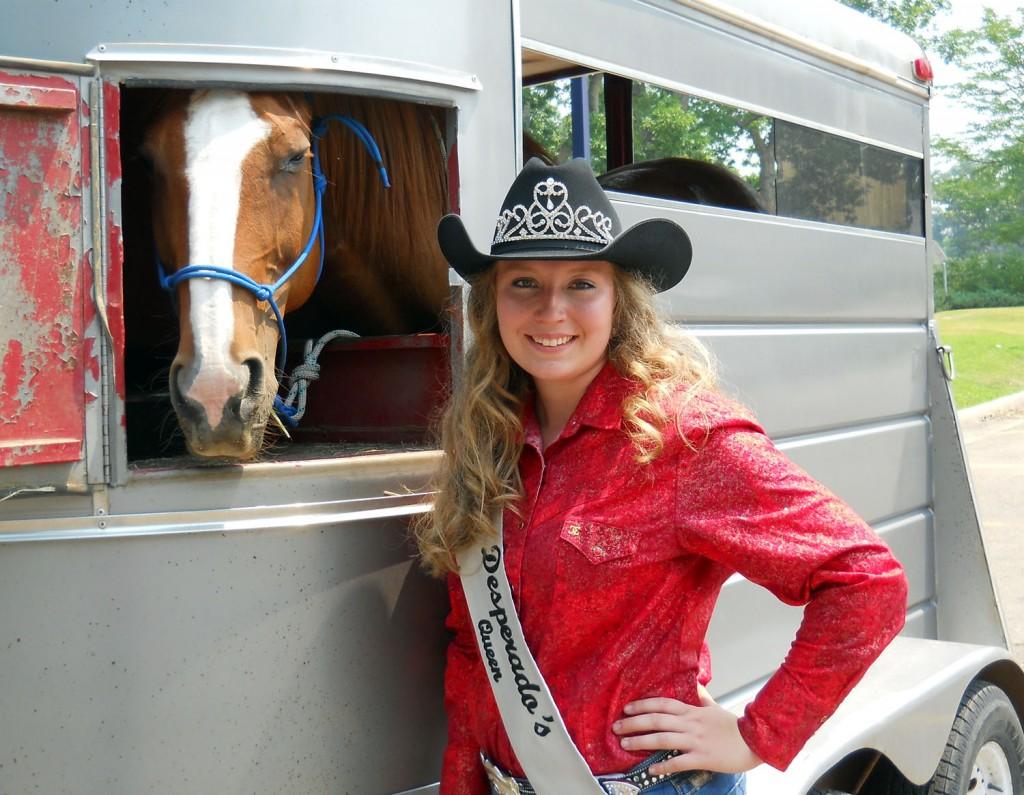
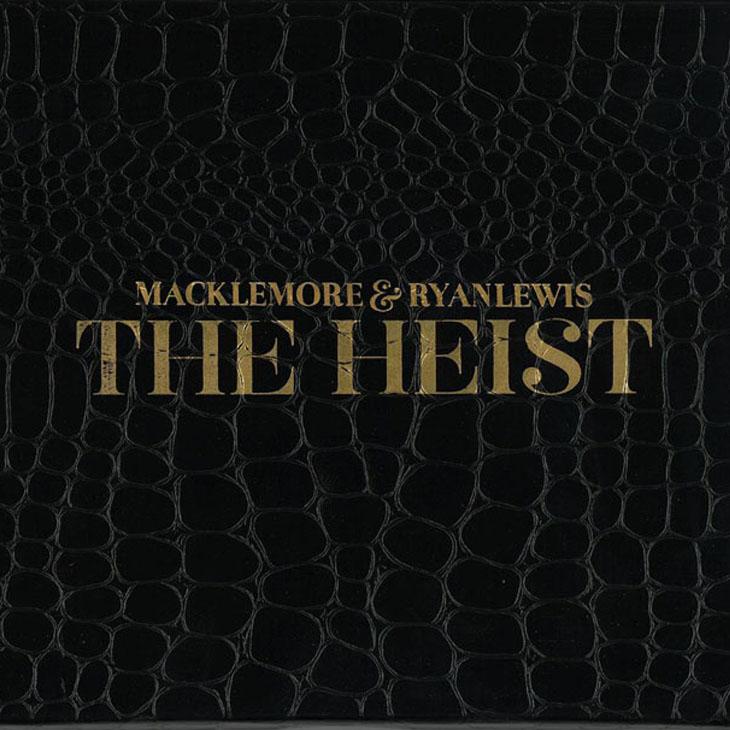
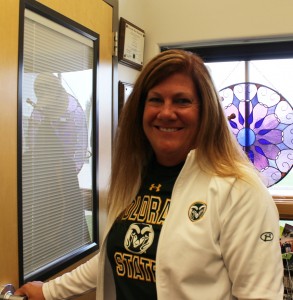





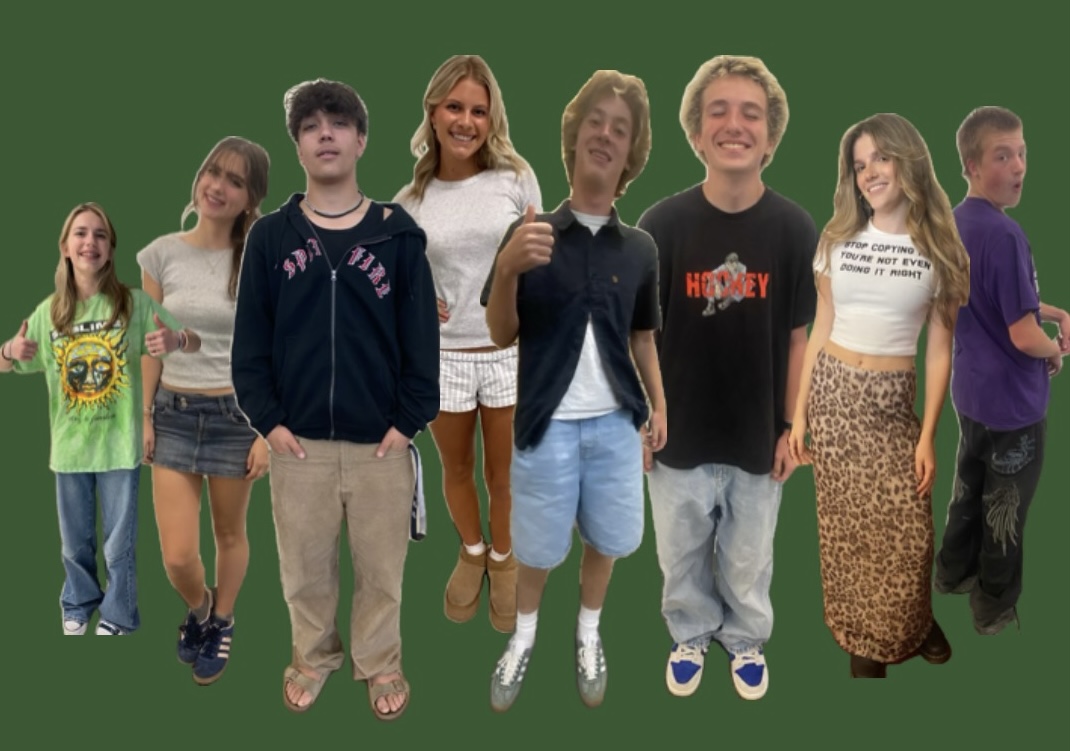
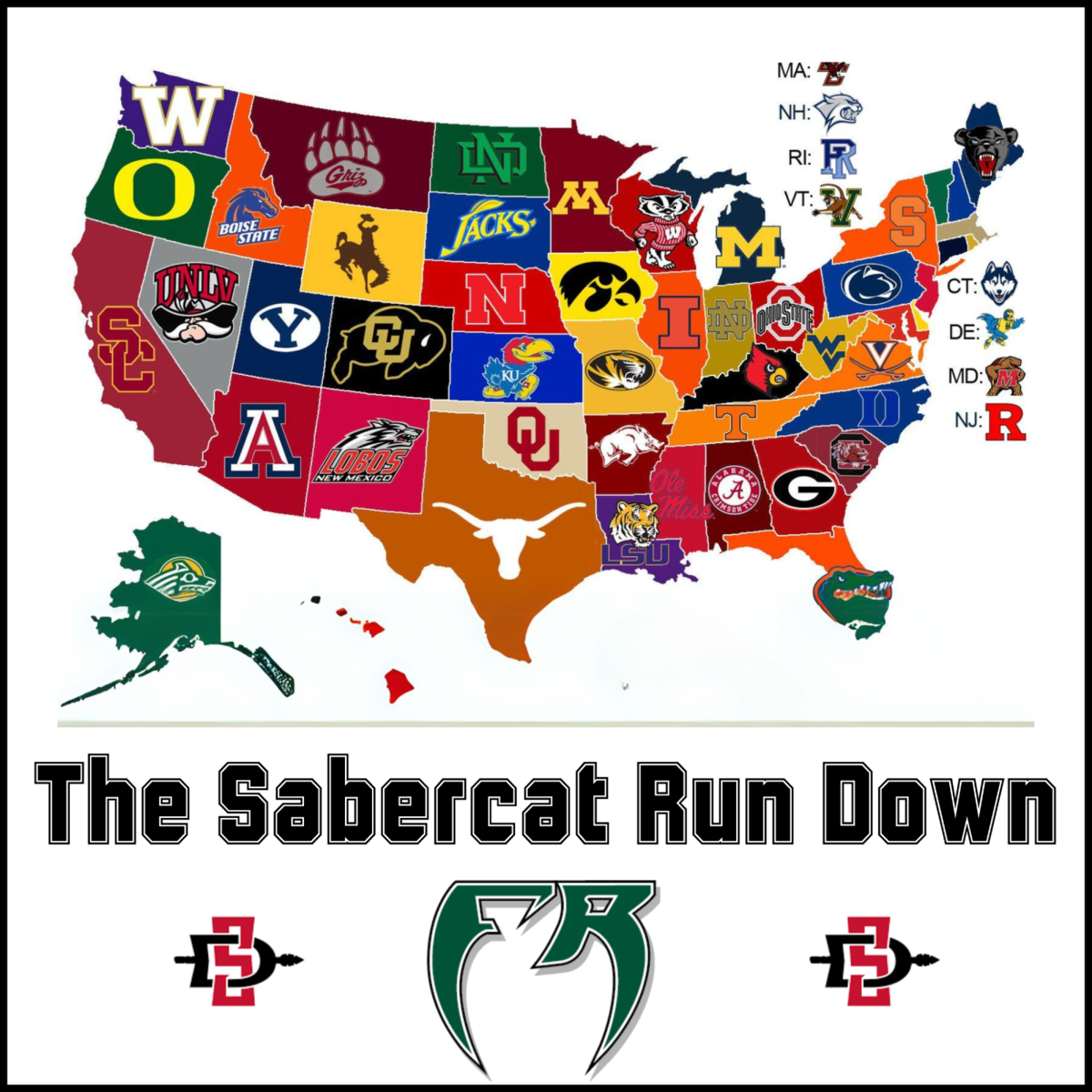

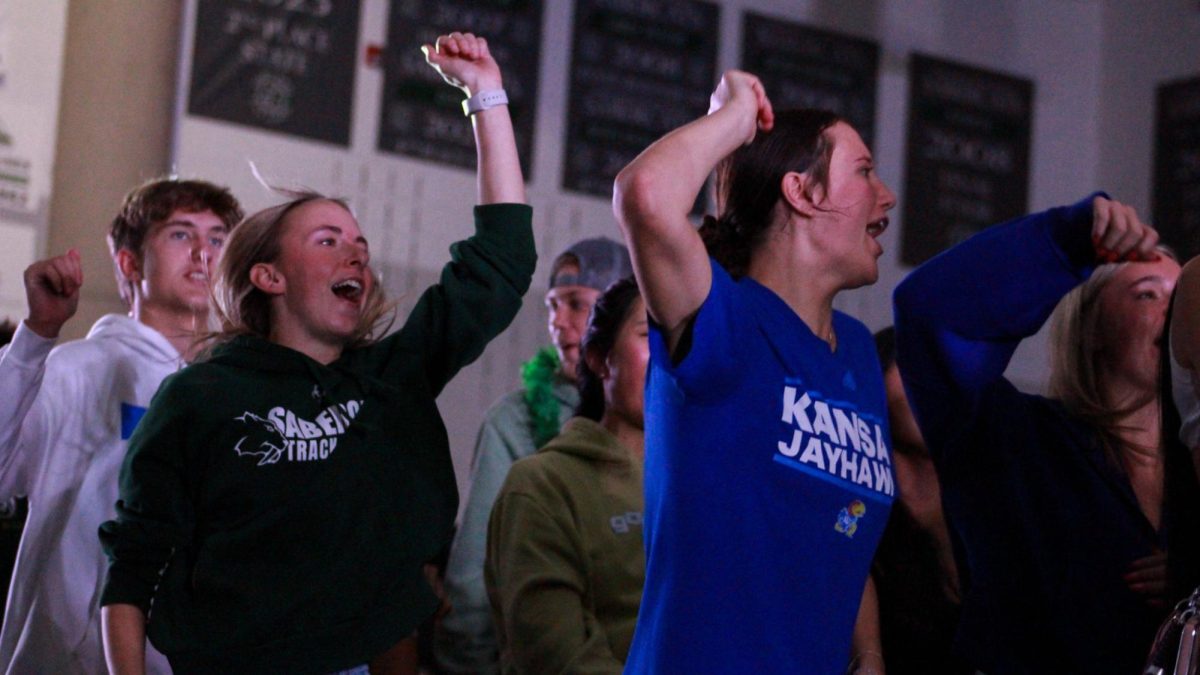

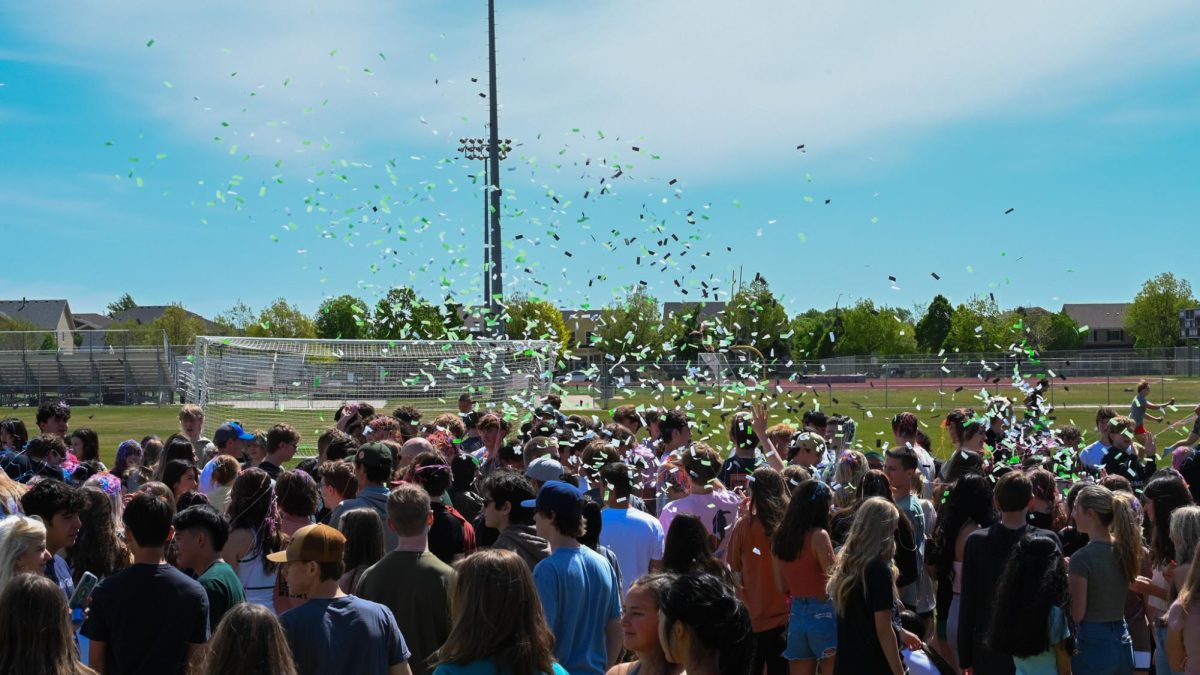

Mrs. Marcello • Jan 7, 2013 at 8:28 am
Ethan – wow! This is an excellent package on the Global Village Museum. I loved the stories behind some of the pieces, and you did a great job with b-roll. Be sure to send a link to the museum director.
Ethan Dayton • Jan 9, 2013 at 6:54 pm
Thanks! And I did — they posted it on their Facebook wall and everything!